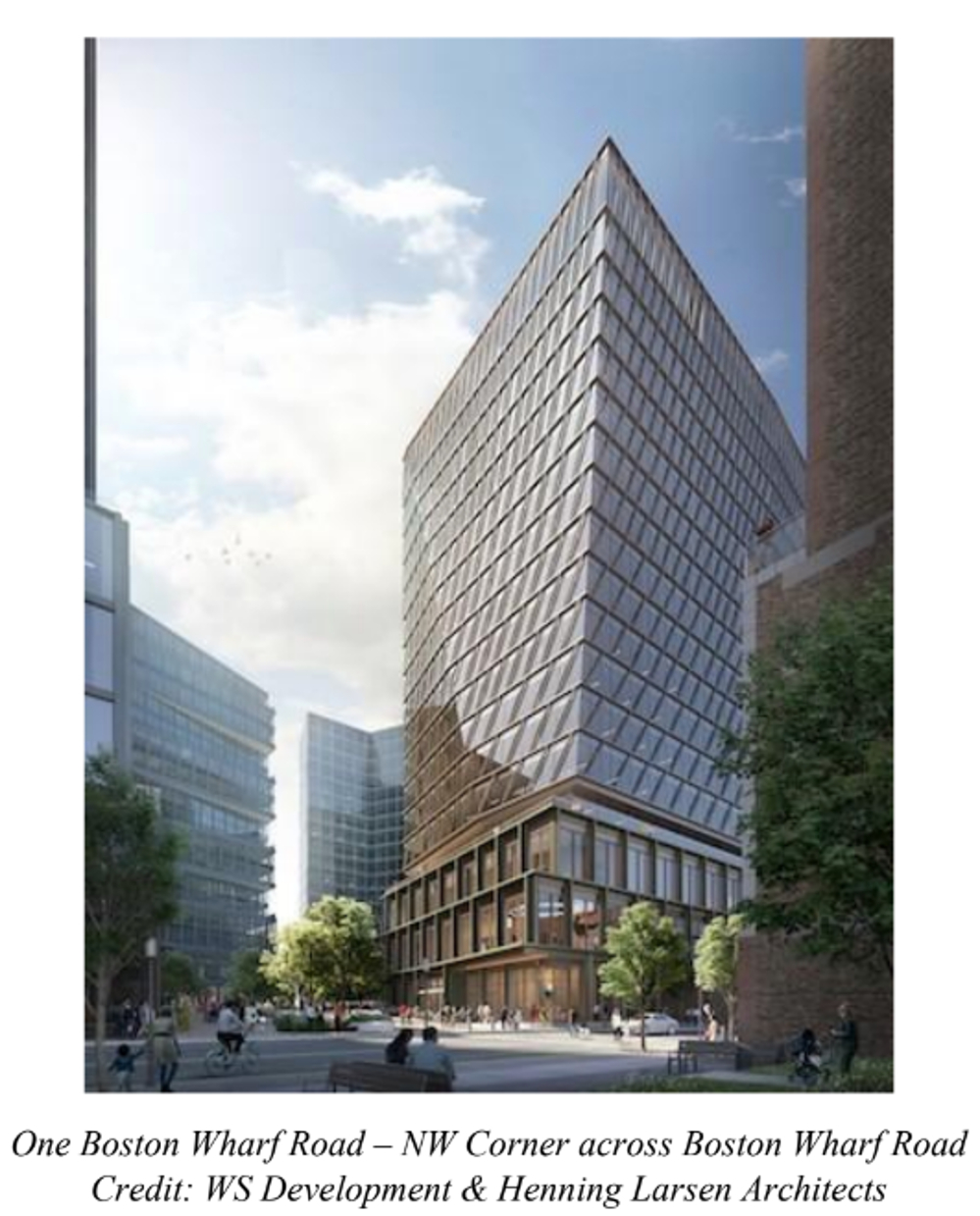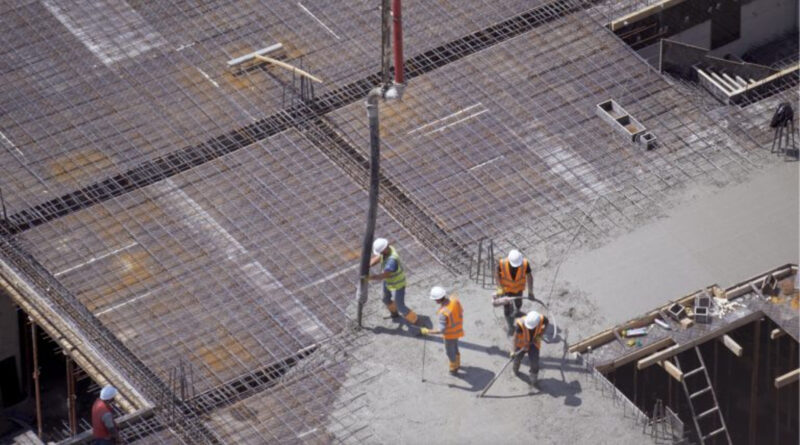Sublime Systems Is Leading The Transition To Low Carbon Cement In Boston
Support CleanTechnica's work through a Substack subscription or on Stripe.
We have written extensively about Sublime Systems, the MIT spin-off that is focused on substantially reducing the carbon emissions from making cement. The company says it is on a mission to have a swift, massive, and enduring impact on global carbon dioxide emissions by decarbonizing cement. Unlike net-zero solutions that rely on carbon capture or credits, Sublime Systems uses a fully electrified, “true zero” approach that avoids the industry’s legacy fossil fuel powered kilns and limestone feed stock. Instead, its electro-chemical process extracts reactive calcium and silicates from an abundance of raw materials at ambient temperature, to make ASTM C1157- compliant Sublime Cement™, which is a drop-in replacement for ordinary Portland cement in concrete.
We don’t think much about cement in our daily lives, but it is a necessary ingredient in concrete, one of the most widely used building materials in the world. Making it accounts for about 8% of global climate emissions. That’s not quite as much as the transportation sector, but it’s still a whole lot. Reducing or eliminating those emissions would be a huge step forward on the path to a sustainable environment.
Last fall, Sublime Systems passed a critical test on the road to commercialization when it announced that its low carbon, scalable, drop-in replacement for traditional cement in concrete has obtained the ASTM C1157 designation. Meeting that standard means Sublime cement can be used to make concrete that meets or exceeds applicable US and international building codes.
Sublime Systems Announces First Commercial Project
The next step, of course, was to get contractors to use it in their buildings. On May 16, 2024, Sublime Systems announced the first-ever commercial application of its low carbon Sublime Cement™ is being used for the indoor public space of One Boston Wharf. Part of a larger WS Development project, the new building is the largest net zero carbon office building in the city.
“Buildings are monuments to the values of the people who build them, and the One Boston Wharf project represents WS Development’s leadership in ushering in our post-carbon future,” said Sublime CEO and co-founder Leah Ellis. “They are creating not only the building but the world where people want to be. We are honored to have Sublime Cement™ featured so prominently here and are confident this pioneering place will inspire infrastructure owners everywhere to embrace low embodied carbon materials as a powerful tool for achieving our global net-zero goals.”
The partnership between Sublime Systems and Boston Seaport began when Yanni Tsipis, senior vice president at WS Development and lecturer at the MIT Center for Real Estate, read the MIT Technology Review profile of Sublime Systems. Tsipis, who holds undergraduate and graduate degrees in civil engineering from MIT, recognized the opportunity to apply the newest low carbon building technology to WS Development’s Boston Seaport project, which is widely hailed as one of the most sustainable and resilient large scale development projects in the country.
“We and Sublime share the same vision and mission,” says Tsipis. “We are developing the largest net-zero carbon office building ever built in Boston, and now we have the opportunity to showcase the most forward thinking low carbon building technology on the planet in the public space at the heart of this building. This partnership epitomizes the value of technology transfer from incubator to industry. We hope it proves to be a path the entire development industry can follow toward a more sustainable and verdant future for our city and our planet.”
About One Boston Wharf

One Boston Wharf is a 707,000-square-foot, 17-story building with ground floor retail and restaurants, as well as the 700-seat Seaport Performing Arts Center located on the 2nd and 3rd floors. Apart from the public spaces, the building has 630,000 square feet of office space. One Boston Wharf will be the largest net zero carbon office building at the time of its completion later this year.
This remarkable achievement will reduce greenhouse gas emissions by more than 90% below code requirements and eliminate 5.1 million pounds of carbon dioxide emissions. The commitment by WS Development to achieving net zero carbon status for One Boston Wharf is complemented by its recent announcement to purchase renewably generated electricity for all electric power serving its Seaport portfolio.
In a transaction announced in 2021, Amazon has leased the entirety of the office space within One Boston Wharf, creating a remarkable total footprint of over 1 million square feet within WS Development’s expansive 33-acre Boston Seaport development. The Sublime Cement™ concrete placement will be located in the Paseo, the building’s public space, and will be marked with educational materials explaining the significance of decarbonized cement in combating global climate change.
Sublime Systems Shines In First Use Of Its Technology
In April, Turner Construction turned to Boston Sand & Gravel to provide the first batches of ready-mix concrete to use Sublime Cement™ for a new building in the Boston area. “It’s going to be in that building for decades to come,” Leah Ellis, told Engineering News-Record. “It really was the culmination of a lot of effort to see it not just being done for testing’s sake, but actually, replacing cement that would otherwise have been the carbon intensive variety. That shift in how you define cement really lets you adopt innovative products that may not be made in a fossil-fueled kiln that gives you a certain crystalline composition.”
David Robb, an estimator for Turner Construction and the pre-construction manager on the Boston-area project, said there was nothing out of the ordinary about the concrete placement on the project and that the material provided by BS&G using Sublime’s cement was tested for temperature and slump when it arrived in ready-mix trucks just as it would have been on any other project.
The placement is being used by Sublime to validate several key aspects of the performance of concrete using its cement in a commercial project. While only a small quantity of Sublime’s cement was used on the project, it was mixed in a ready-mix concrete truck, maintained workability during transit, was poured out of the concrete truck into a boom pump and pumped through the boom and a series of rubber hoses and finally placed and finished in its final location on-site to set — all perfectly normal, and all firsts for the material.
“In the grand scheme of things, it was, really, very boring for construction,” Robb said. “But it’s a huge step in terms of our embodied carbon reduction goals that we’re striving toward in the future here at Turner.” He first heard about Sublime Systems in the middle of 2023 when he was looking for new technologies as a part of Turner Construction’s search for ways to lower the carbon emissions associated with making concrete.
Like Normal Concrete, But Without The Carbon Emissions
Along with reducing the carbon emissions budget of that new building, the construction has validated that several key targets of Sublime Systems’ product have been met. The concrete was transported and delivered to the site exactly like traditional cement.
“We had an opportunity for low risk placement,” says Robb. “These guys were thrown into the the gauntlet on a cold day in January pumping their material. In the grand scheme of things, it was, really, very boring for construction, but it’s a huge step in terms of our embodied carbon reduction goals that we’re striving toward in the future here at Turner.”
All in all, one small step for the construction industry; one giant leap toward a sustainable planet.
Sign up for CleanTechnica's Weekly Substack for Zach and Scott's in-depth analyses and high level summaries, sign up for our daily newsletter, and follow us on Google News!
Have a tip for CleanTechnica? Want to advertise? Want to suggest a guest for our CleanTech Talk podcast? Contact us here.
Sign up for our daily newsletter for 15 new cleantech stories a day. Or sign up for our weekly one on top stories of the week if daily is too frequent.
CleanTechnica uses affiliate links. See our policy here.
CleanTechnica's Comment Policy

